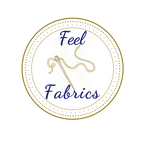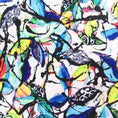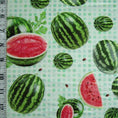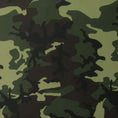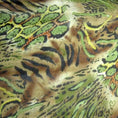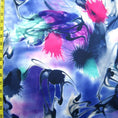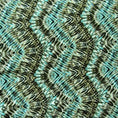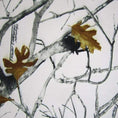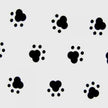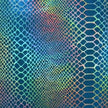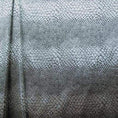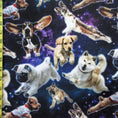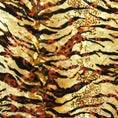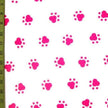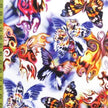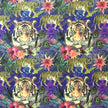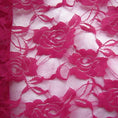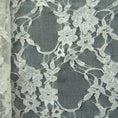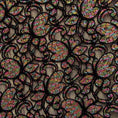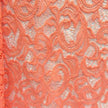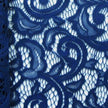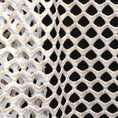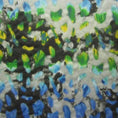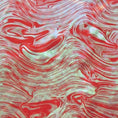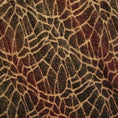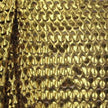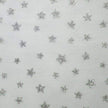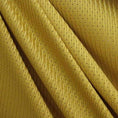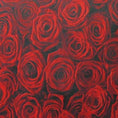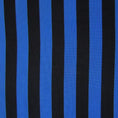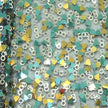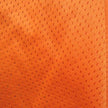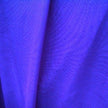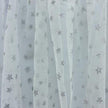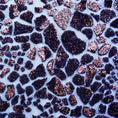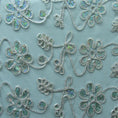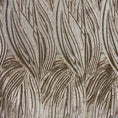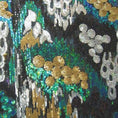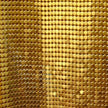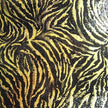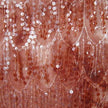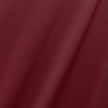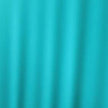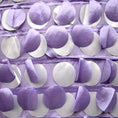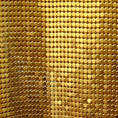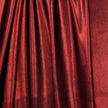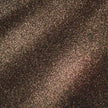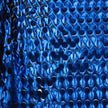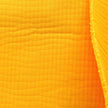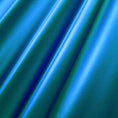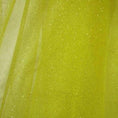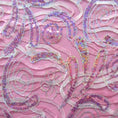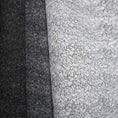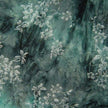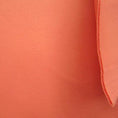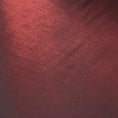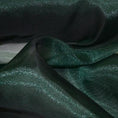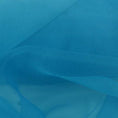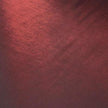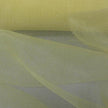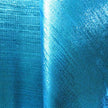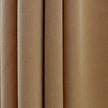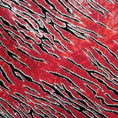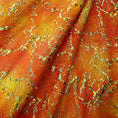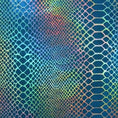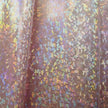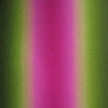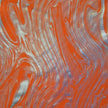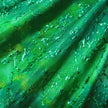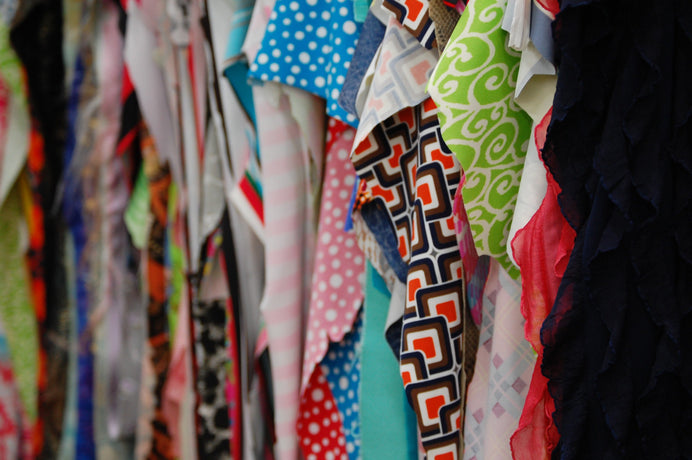- No products in the cart.
The Ultimate Fabric Reference Guide
13
Jun
Are you sewing rookie or a veteran looking to refresh your knowledge on fabric? There’s a lot that goes into getting your sewing project off the ground, and choosing the right fabric is the crucial first step.
The perfect fabric can turn your design or creative idea into something beautiful and impressive. The problem is, there are almost too many different types of fabrics – all of which come in a variety of colors, textures, shapes, sizes, types, and patterns. Making the right choice depends on the nature of your project, design, personal preference, budget, and much more.
It’s impossible to know everything about every fabric, which is why we put together this ultimate guide to the fabulous world of fabric. We’ll touch on just about everything important that you need to know - common types of fabrics, their characteristics, and what projects they'd be best for.
Let’s get right to it, shall we?

What is fabric?
Fabric and textile are two sewing-related terms that are often used interchangeably, and justifiably so. But there’s a slight difference between the two.
Fabric is a collective term for all materials that are produced by weaving, knitting or bonding textile fibers. It’s what you need to make clothes and clothing garments. Fibers can also be bonded, twisted or bundled together to produce threads, which are then known as textile.
At the core, fabrics are made of synthetic, mineral or natural fibers.
Silk, for instance, comes from the cocoons of the silkworm. When sheep’s wool is spun you get wool, a pleasantly warm fabric. These are two classic examples of fabrics that come from animal fibers.
Glass fiber is engineered from minerals, while its synthetic cousins such as acrylic, polyester, and nylon come from hydrocarbons (fancy word for petroleum derivatives). Bamboo, flax, linen, rayon, hemp, and cotton are plant-based fibers.
Natural or not, each fabric fiber is unique and comes with its own set of characteristics, uses, and advantages which you have to get familiar with as a sewing enthusiast. Some are flexible and soft, while others are thick and firm. Let’s take a closer look at the most common types of fabric fibers.
Common fabric fibers
Silk - As specified earlier, silk is derived from silkworm cocoons in a process which can be intensive and expensive. That’s why this luxurious and vibrant fabric fiber has been associated with the noble and the wealthy for centuries.
Silk fabrics are quite versatile and are very lustrous. Silk can help keep you cool in warm weather and warm in cold months, making it an extremely comfortable fabric to wear. This fiber can hold dye, which is why silk fabrics come in a huge range of hues and shades.
Wool - From the Middle Ages through the Victorian era, wool was all the rage in fabric-making - but less so today. Once the sheep are sheared, the hair is spun into yarn or strands and then wool fabric.
Woolen garments tend to be breathable, pleasantly comfy and warm. The fabric itself can come in a range of textures, from scratchy and coarse weave to velvety soft and fine weaves like cashmere.

Linen - One of the oldest textile fibers, linen is actually derived from flax. It’s super durable and strong, whilst breathable and cool, which is why it is very popular for summer suits, trousers, and everyday pants.
Rayon - Made from a blend of cellulose (wood pulp), cotton, synthetic materials, and other natural fibers, rayon is actually a semi-synthetic fabric. Despite this, it looks and feels like natural fabric and sometimes has a lustrous look to it, just like silk.
In fact, Rayon was created as a silk’s cheaper alternative, and the two share several characteristics. It’s breathable, thin, lightweight, rich-looking and can develop wrinkles, bagging, irreversible stretches, etc. if not treated well. It also drapes beautifully and dyes effortlessly.
Because of its versatility, rayon is an ideal fabric for summer dresses, sportswear, and other light-to-wear garments.
Cotton- This is one of the most readily available natural fabric fibers out there. It’s actually a fabric in and of itself. It has a breathable quality to it, comfy and soft to touch and smooth to the skin.
Cotton fabric is cooling to wear and tends to age better than most fabrics. If it isn’t pre-treated, cotton clothing will shrink upon washing. And it usually takes longer to dry.
It’s usually blended with other fibers to produce super fabrics like cotton lycra, cotton lame, chenille, moleskin, and denim (just to mention a few).
Because it's super soft, absorbent and breathable, cotton is a popular fabric for underwear, from undershirts to briefs, as well as beddings, t-shirts, summer wear, towels, and even jeans.

Synthetic Fibers - Synthetic fibers are used to make cheaper alternatives to natural fabrics. Take polycotton, for instance. It touches, behaves and looks uncannily like 100% natural cotton, much cheaper and easy to make.
Other widely used synthetic fibers are polyester and nylon, both of which are polymers. Synthetic fibers usually mimic their natural relatives, so their characteristics and uses vary greatly.
Common Types of Fabrics
Chiffon
Chiffon is an uber-lightweight, plainly woven fabric that is typically either partially or completely transparent owing to its mesh-esque weave. Interestingly, chiffon is a French word that translates to cloth.
Chiffon is chiefly a blend of cotton, silk and other synthetic fibers like polyester, rayon or nylon. The fabric comes in several varieties, from floral to silk chiffon. It has a bit of a rough feel and is delicate and stretchy, which can make it a little hard to work with.
In recent years, chiffon has become the staple of Indian sewing and fashion. It can add some sheer, texture, and shimmer to any attire. That’s why it is perfect for belts, scarves, sarees, ribbons, blouses, and lingerie.
Lame
Lame, or lamé is French for the “metal plate.” In saying that, this is a type of fabric that’s produced by knitting or weaving thin ribbons made of metal fiber or threads. It’s often found in silver or golden, but also rarely copper.
As a fabric, lamé is shimmery, lightweight yet tough, but it can dull with time. The metal threads (gold or silver in color) can be crafted to create the design or the background of the material.
Lame material comes in several varieties, from stretch and eyelash lame to polyester and cotton lame. Sadly, this fabric can get damaged easily if it’s exposed to excess moisture, heat or scrapped.
Lame is the go-to fabric from evening wear, dinner dresses, tops, costumes, dancewear, skirts, and even gowns.

Charmeuse
This is a woven, lightweight fabric comprising satin weaves. The defining characteristic is that charmeuse is shiny on one side and somewhat textured on the other. It comes in many types, from silk and printed charmeuse.
Usually made from synthetic fibers like polyester, rayon or silk, this fabric is super light, delicate and has some luster to it. It also drapes and flows amazingly well, which is why it is perfect for evening gowns, bridal dresses, boxer shorts, slacks, ties, jackets, lingerie, and much more.
Jersey
Jersey is a dressmaking staple. It was originally made of primarily wool, but now knitted from a blend of cotton, wool and an array of other synthetic fibers like rayon, polyester, silk or nylon
It’s not woven, which make it nicely stretchy and able to hold the shape of the wearer. As such, it’s used to make dresses, bodycon style attire and casual garments.
Mesh
Mesh is a loosely woven fabric that’s known for its closely-packed holes. It comes in a vast variety, including sequin mesh, athletic mesh fabric, performance mesh fabric, and tek mesh.
It's usually made from nylon, tulle or polyester. It's net-like, incredibly breathable, sturdy, and flexible. It is also versatile and stretchy like spandex, making it ideal for dresses, vests, sportswear, performance wear, dancewear, tulle garments and much more.
Tricot
Tricot is a drapey fabric with a distinct zigzag weave and is made using a flat-bed knitting technique. It’s run and wrinkle resistant, as well as versatile and soft. There are several types of tricot, including milliskin tricot, jersey tricot, spandex tricot, and so forth.
It's perfect for sweater, underwear, sportswear, and even socks.

Lace
This is a delicate, beautiful and mesh-like fabric that's usually produced from cotton, linen or silk threads. It’s fun to use in sewing. It comes in a massive variety, from stretch lace and guipure to ombre lace fabric.
Common designs include botanical, floral and even geometric. Lace is flamboyant, festive and beautiful yet delicate, which is why it is mostly used for outfits, tablecloths, and curtains.
Horsehair
This is a fabric made by weaving a blend of horsetail hair, silk warps or cotton. This fabric is tough, durable and easy to care for, with a luster to it. It is commonly used to make interior fabric, upholstery, rugs, flair wear, etc.
Glissenette
Glissenette is a shimmering woven fabric with a sheer look and feel to it. The fabric is flirty, shiny, thin and lightweight. It is commonly used to make skating outfits, costumes, dancewear, clubwear, bras, and so forth.
Spandex
Spandex is a very popular synthetic fabric that’s lightweight and quite stretchy. It is created from a polymer that’s known as polyurethane. It comes in a large variety, including lycra spandex, milliskin spandex, nylon spandex, and polyester spandex, just to name a few.
It offers either a two-way or a four-way stretch. Because of its elasticity, spandex is used for making dancewear, sportswear, costumes, dresses, blouses, and a lot more in between.

To learn more about spandex, check out the first part in our two part series about it – and stay tuned next week, when we’ll dive right into part 2. And, as always, happy sewing!
